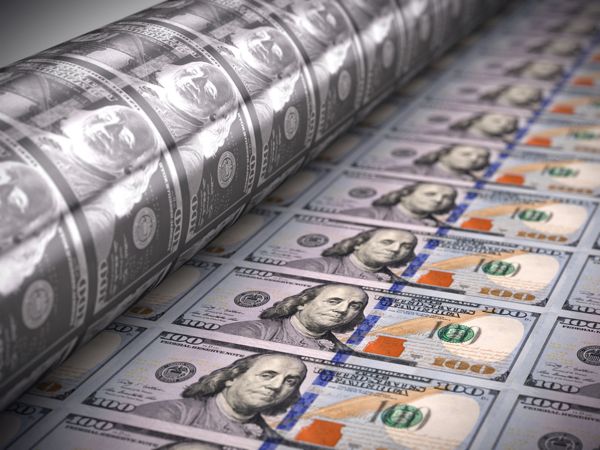
Breaking News
 The Fed's Pivot: The Return of Easy Money and the Inflation Storm Ahead
The Fed's Pivot: The Return of Easy Money and the Inflation Storm Ahead
 This One-Person eVTOL Will Soon Offer Bird's-eye Views of Las Vegas
This One-Person eVTOL Will Soon Offer Bird's-eye Views of Las Vegas
 Emergency Update: Steve Slepcevic Reports Live on Hurricane Melissa's Devastation in Jamaica
Emergency Update: Steve Slepcevic Reports Live on Hurricane Melissa's Devastation in Jamaica
Top Tech News
 Graphene Dream Becomes a Reality as Miracle Material Enters Production for Better Chips, Batteries
Graphene Dream Becomes a Reality as Miracle Material Enters Production for Better Chips, Batteries
 Virtual Fencing May Allow Thousands More Cattle to Be Ranched on Land Rather Than in Barns
Virtual Fencing May Allow Thousands More Cattle to Be Ranched on Land Rather Than in Barns
 Prominent Personalities Sign Letter Seeking Ban On 'Development Of Superintelligence'
Prominent Personalities Sign Letter Seeking Ban On 'Development Of Superintelligence'
 Why 'Mirror Life' Is Causing Some Genetic Scientists To Freak Out
Why 'Mirror Life' Is Causing Some Genetic Scientists To Freak Out
 Retina e-paper promises screens 'visually indistinguishable from reality'
Retina e-paper promises screens 'visually indistinguishable from reality'
 Scientists baffled as interstellar visitor appears to reverse thrust before vanishing behind the sun
Scientists baffled as interstellar visitor appears to reverse thrust before vanishing behind the sun
 Future of Satellite of Direct to Cellphone
Future of Satellite of Direct to Cellphone
 Amazon goes nuclear with new modular reactor plant
Amazon goes nuclear with new modular reactor plant
 China Is Making 800-Mile EV Batteries. Here's Why America Can't Have Them
China Is Making 800-Mile EV Batteries. Here's Why America Can't Have Them
The Fed's Pivot: The Return of Easy Money and the Inflation Storm Ahead

Speaking at the National Association for Business Economics conference in Philadelphia recently, Powell said:
"Our long-stated plan is to stop balance sheet runoff when reserves are somewhat above the level we judge consistent with ample reserves conditions. We may approach that point in coming months."
Translation: the money printer is warming back up.
Now, if you've been paying attention, this shouldn't come as a surprise. The playbook has been obvious for a while—first come the rate cuts (happening now), then they stop quantitative tightening (Powell just confirmed this), and then comes quantitative easing, or good old-fashioned money printing, probably sometime in early 2026.
What's forcing their hand?

 Handicapped America
Handicapped America China Innovates: Transforming Sand into Paper
China Innovates: Transforming Sand into Paper

